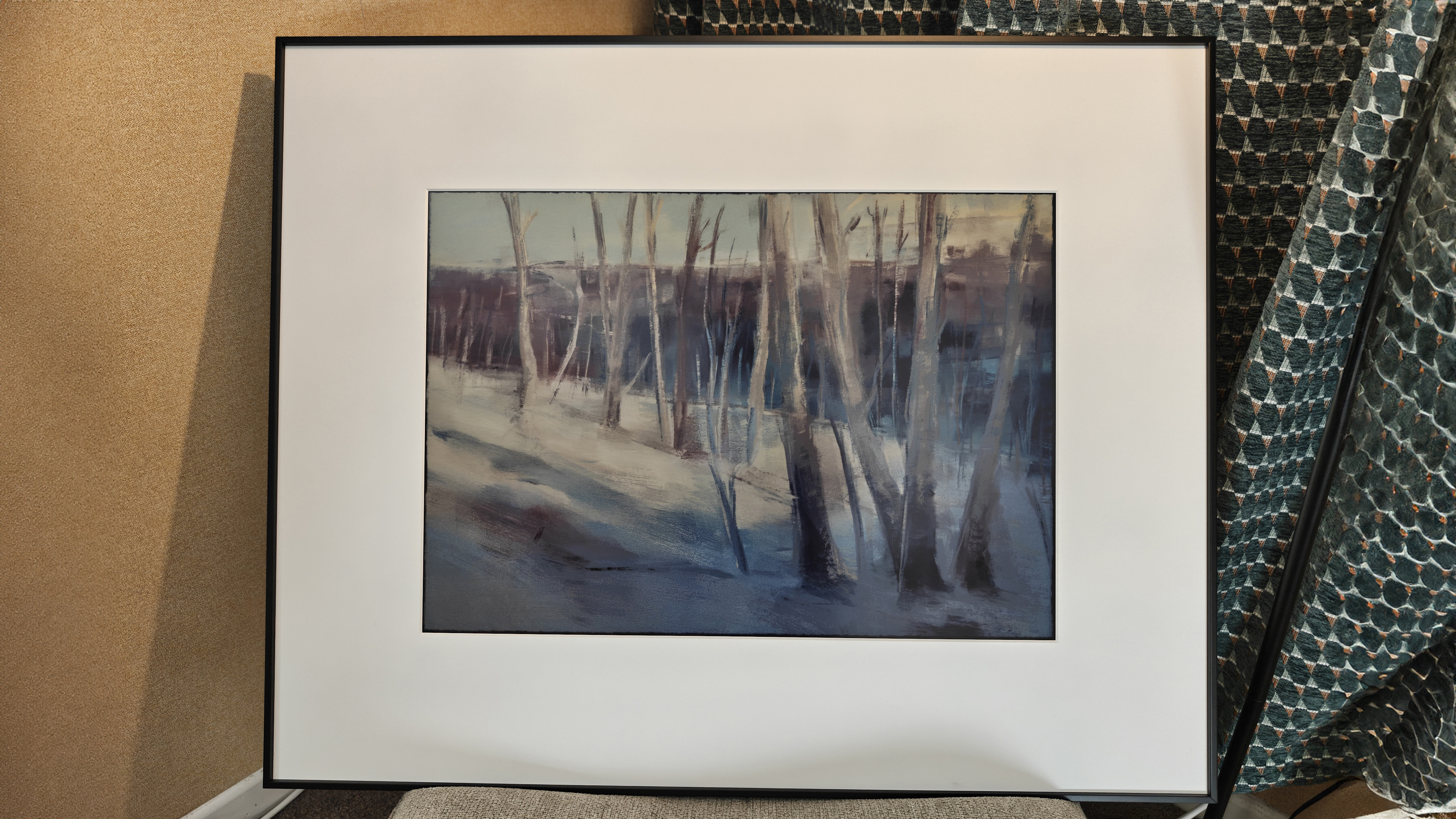11 ways to bag your first design job
So you've just got your design qualification. Congratulations! And smart thinking too, because, quite frankly, you've chosen a great profession to enter. There have never been more jobs available for graphic designers, motion designers, animators and illustrators.
In this feature, we've spoken to those in charge of hiring at top design agencies, as well as the recent grads that have launched their careers with a bang, to hear their tips for taking your first steps in the industry. Read on for 11 different ways you can kick off your career in design, and make sure you make the most of any downtime between uni and your first job.
Not fully kitted out yet? Take a look at our guides to the best tools for graphic designers, and the must-read graphic design books .
- See the best Adobe Creative Cloud deals right now

Of course, it's not all going to be plain sailing. While you might have been a star among the few students on your course, you're now having to compete with hundreds, maybe thousands of others, to get a foot in the door. All the while worrying about how to pay the rent and put food on the table. That's exactly what Harriet Payler, now a designer at NB Studio in London, went through a couple of years ago, after graduating from Kingston University with a BA in graphic design.
"While looking for work, competition was the biggest challenge," Payler says. "There were a vast number of graduates in the same position as me. There was also the added obstacle of having to fund living in London. As well as interning through the week, I was also busy working on Saturdays and Sundays, as were most of my friends."
So what's the best way to navigate the tricky waters of the jobs market in 2019? Read on...
01. Apply for jobs straight away
In one sense, getting a job at a design studio is pretty straightforward. At Robot Food, for example, "the majority of our creative hires come via the well-trodden route of an emailed portfolio, followed by a face-to-face session," says Ben Brears, strategic design director at the Leeds studio. And that's fairly typical of design studios as a whole. So if you're confident that you have a killer portfolio, and a lot of real-world work experience to back it up, there's no reason you can't walk into a job straight from university.
Daily design news, reviews, how-tos and more, as picked by the editors.
For more advice here, explore our guide to how to become a junior designer, and take a look at the best openings right now on our graphic design jobs board.
02. Try an internship
That said, there are only a limited number of positions to go round, and not everyone will go from graduate to employee that smoothly. So if you're experiencing knockback after knockback, then it's definitely worth considering the alternative path of an internship.
In many industries, internships are a byword for exploitation; a way for bosses to secure cheap or free labour based on a vague promise of full-time work that never seems to materialise. But in the design world it can be very different.
Take NB Studio, an award-winning branding and communications agency that's based in London. "We recruit 99 per cent of our designers via internship," says Alan Dye, owner and creative director. "We have rolling interns all year and have done so for well over the past 20-odd years. We actually have Polaroids of every intern in a book, dating back to 2003."
We recruit 99% of our designers via internship
Alan Dye, NB Studio
So how many actually get taken on? "If you took our current crop of designers as an example, it's been one every 18 months to two years," says NB Studio designer Sam Pittman. "Unfortunately it's impossible to take on every good intern, but that shouldn't flatten the optimism of those who come in. We've often recommended interns to friends at other studios, and we've also had interns return later on in their career in both full-time and freelance roles."
Aporva Baxi, co-founder and executive creative director of London branding agency DixonBaxi, tells a similar story. "A few years ago we formalised our intern programme and created an academy where we promote an open and accessible opportunity for young talent," he says. "It starts as a one-month trial, then to the most successful of these we give a three-month stint. The most successful of those, we hire. Currently, more than a third of our team came through this programme, and we're a far more diverse and dynamic company because of it."
03. Make the most of your experiences
Of course, even if you don't get taken on, internships are still a valuable experience. Graphic designer Simoul Alva interned at Pentagram in New York after graduating from the National Institute of Design, Ahmedabad, in western India. "It taught me a lot about working in a team around other incredible designers, for a range of very different clients," she says. "It changed how I approached design and thought about communicating work. It's also opened so many possibilities for me."
Currently working as a visual design intern at Samsung in California, Alva's advice to anyone embarking on an internship is to: "Take the time to really apply yourself to the work you do. Also, figure out if this kind of work interests you. Design currently has so many possibilities and is becoming more and more fluid every day."
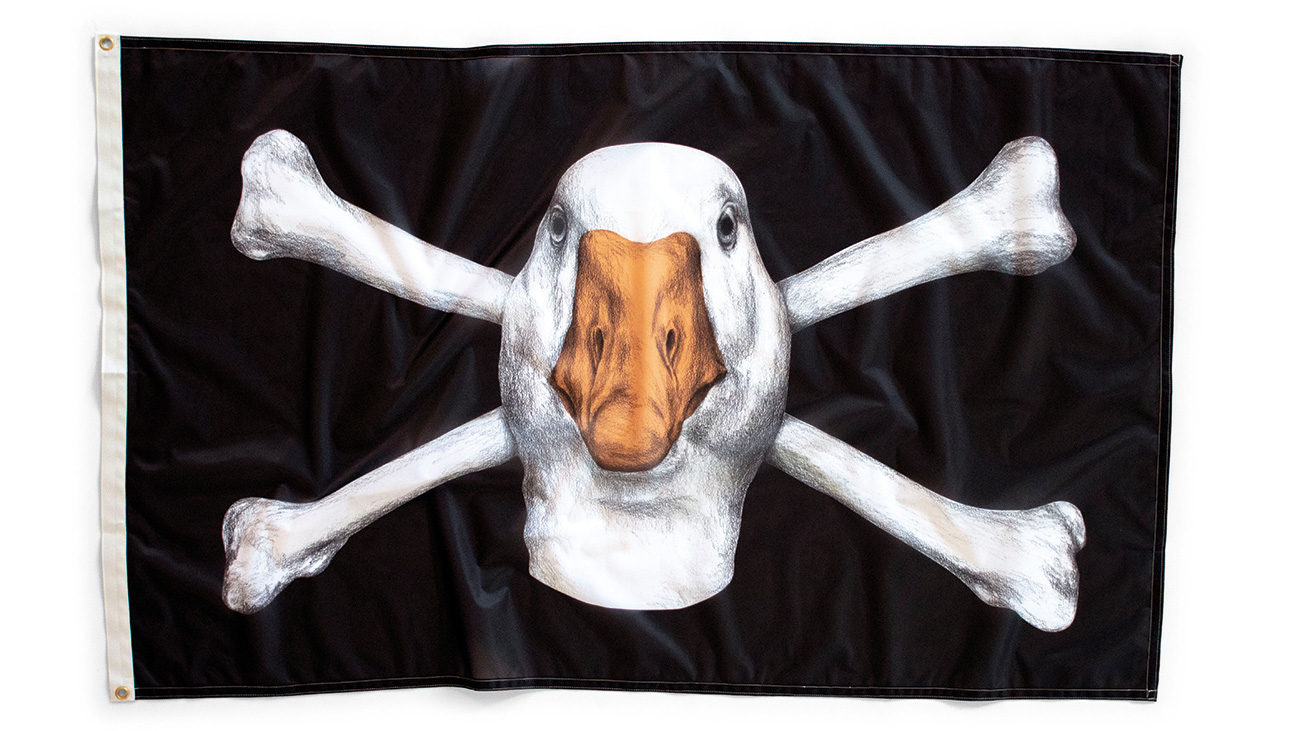
Payler, who spent two months as an intern at NB Studio before being taken on full-time, offers similar advice. "Get stuck in when interning, help out with everything you can, and get to know the team," she says. "People aren't expecting you to come out of university as a perfect designer, but they want to know you're excited to learn more and are interested in what you're doing."
Above all, understand that internships are not ‘beneath you', but a standard – increasingly the standard – route into a professional role in 2019. "Paid internships are invaluable for gaining experience and learning and dealing with the pace of studio life," says Brears. "I'd recommend them to every graduate.
"That said, if they're expecting you to intern for free, just say no. It's exploitative, it's morally and legally in the wrong, and it perpetuates a cycle of privilege. Any studio head who's okay with that isn't worth your time."
04. Perfect your portfolio
Whether you're after a job or a top internship, competition is fierce. So how can you get a jump on your rivals?
For Brears, one thing counts above everything else. "In the downtime between graduation and taking your first steps in the design industry, there should be one key focus: your portfolio," he stresses. "Make it representative of you and the work you want to do. Make it memorable and your presentation of it compelling. Take out or improve anything you don't like. And most importantly, know it inside-out. There's no bigger red flag than a designer who can't substantiate their choices, articulate their ideas or remember the details of the brief."
05. Ask the pros for help
One way to achieve a stronger, more focused portfolio is to ask other creatives for help. "Before I left university, I contacted designers whose work I was particularly interested in, and asked if we could meet and go through my portfolio," recalls Payler. "Being able to present your work confidently is an important part of getting a job, so I found this really helpful in practising. It was also a great way of informally building a network of contacts."
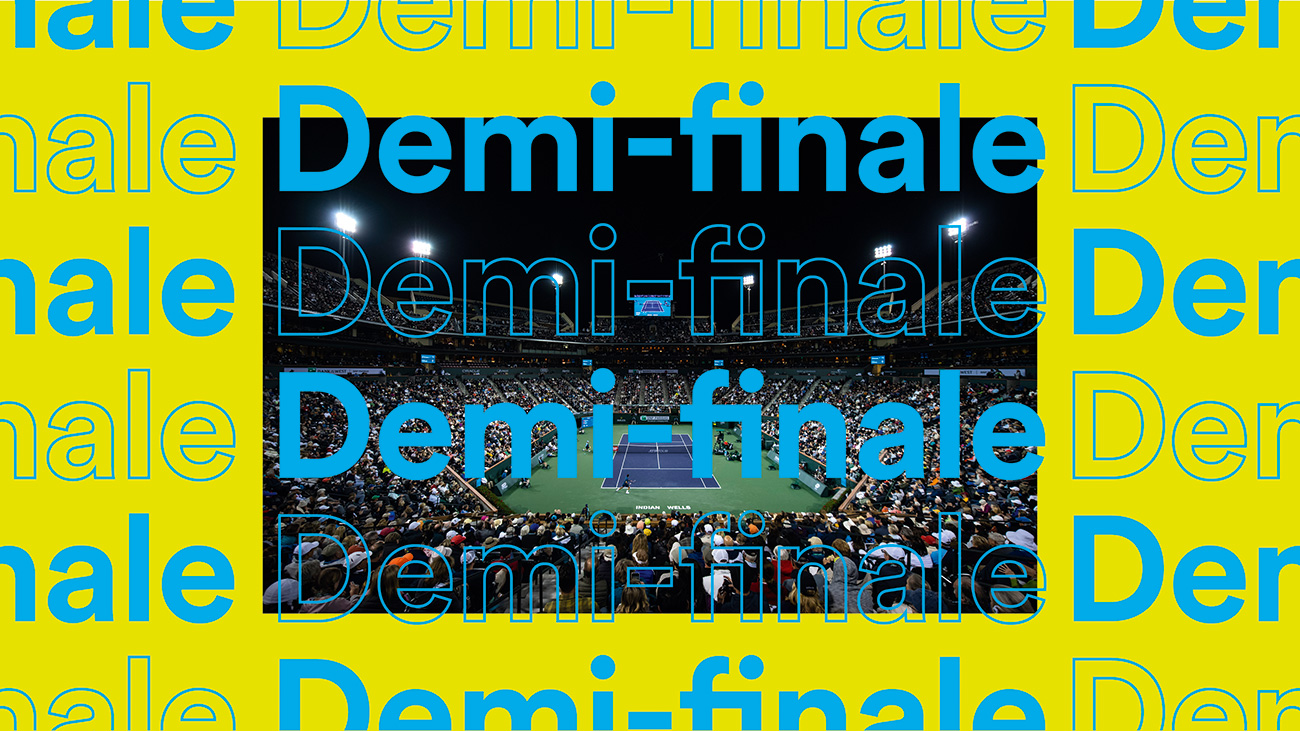
However, reaching out to total strangers can be a challenge when you're used to the relatively cocooned environment of further education. It was for Neil Gilchrist, now a junior designer at DixonBaxi, after he graduated with a BA in interaction design from Glasgow School of Art.
"Having the confidence to put my work out there, for studios to look at and judge, was daunting," Gilchrist says. "It feels very different from doing crits at art school." He advises anyone in a similar position to: "Spend a good amount of time on your portfolio, from the curation through to how you photograph or document your work. Your book can be as much of a reflection of you as a designer as the work itself.
"And remember that even a knockback from studios can be just as useful, because you can then tweak aspects for the next time."
06. Fill any knowledge gaps
Another way to usefully fill the time between graduation and employment is plugging gaps in your knowledge. Whether that be learning to use After Effects or honing your life-drawing techniques, the more skills you can offer a design studio, the more valuable you'll be to them.
"Our ideal candidates are hybrid creatives," says Emma Barratt, head of design at Wolff Olins. "Wolff Olins is looking for people with multiple skills: in graphic design, film-making, brand, motion, copywriting and so on. They should be eager, and come with fresh ideas and a different way to approach problems."
"Our ideal candidates are hybrid creatives – Wolff Olins is looking for people with multiple skills"
Emma Barratt, Wolff Olins
And Wolff Olins isn't alone in this regard. "In the past decade, the need for hybrids has become more apparent," Barratt says. "The options brands have to engage with audiences through are growing by the day, but they're also more saturated than ever. So people who can develop ideas beyond traditional graphic design – really pushing technology and unusual forms of communication – will quickly get to the front of the jobs queue."
You can't learn everything at once though, so be patient and realistic, says Erika Baltusyte, a designer who joined Wolff Olins back in 2016, just before graduating from UCA. "The start of your career is always difficult, especially if you're interested in many things, whether that's typography, animation or illustration, and it's difficult to choose one route," Baltusyte says. "It was only when I started my job that I realised I could still do all of these other things. In fact, that curiosity to play with different mediums will only make you a better designer."
07. Work on actual projects
Of course, skills aren't the only thing that studio heads are looking for. "If anything, graduates are more skilled now than ever," says Brears. "However, the challenge among all this speed and skill is often getting people to slow down; to stop, think and interrogate the idea. To pick up a pen and sketch it out. To flick through a book or look up from the screen and truly realise the ‘why' as well as the ‘what'."
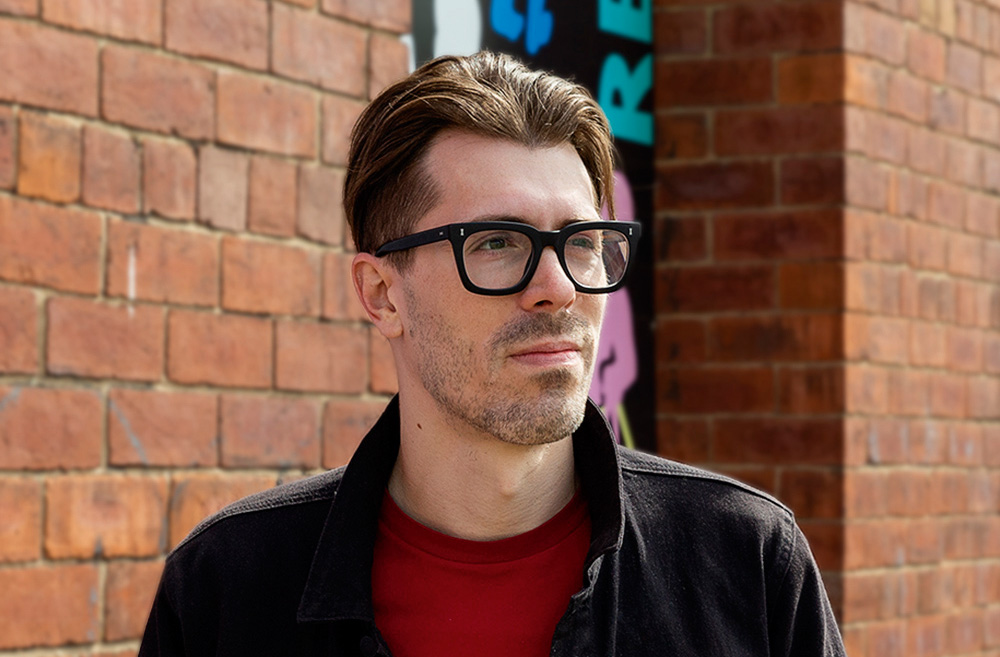
So while it's always good to learn new skills, putting them into practice is of equal importance. Which is why Tim Beard, a partner at London creative consultancy Bibliothèque, is always pleased to see a new candidate who has actual work on the go, whether that's paid freelance, pro bono or a side project.
"During your downtime, find projects that need doing and do them," Beard says. "There are always people who need the help of a designer, so make projects happen. Hustle hard. Nothing will just fall in your lap. You'll meet more interesting people by getting out there and making connections. And of course, there's always a new piece of software to learn, or a way to increase your knowledge. The moment you bring something new to a studio, you're a much more desirable commodity."
Baxi agrees. "Being proactive is key to making stuff happen," he says. "So work on ideas, personal projects and your website. Practise, and practise some more, to learn new skills or simply hone the craft. And think about ways to stand out, to do things differently, to think creatively and challenge convention."
08. Work smart
If this is all starting to sound overwhelming, then let's get realistic. There are only so many hours in the day, especially if you're having to work a non-creative job to pay the rent. And to be frank, no one can do everything we've mentioned on our recruiters' wish-list.
Yet at the same time, your rivals are going to be up-skilling, hustling, competition entering and networking as much as they humanly can. You owe it to yourself to do the same. It's not about working silly hours and missing sleep: that would be counterproductive and self-defeating. Instead, it's about making smart choices, following your passions, taking advantage of connections and opportunities when they arise, and creating your own when they don't.
09. Attend networking events
The good news is that people in the design industry are generally open and friendly if you approach them in the right way. Many events are organised specifically to help creatives make new contacts, and you'd be foolish not to take advantage of them.
"While I was looking for work, I went to a few Glug networking events, which I found very valuable," recalls Hattie Windley, who graduated from Leeds College of Art (now Leeds Art University) in 2017 and is a middleweight designer at Robot Food. "I also went along to networking events organised by the university. Even if such events don't directly help you get a job, it's always good to meet like-minded people and learn from them. It's important to be yourself, and don't be scared to pester people."
During my degree show I made a lot of effort to speak to industry creatives and pass out business cards
Thierry Nahayo, DixonBaxi
Payler agrees, "Go out and meet people, either at events or on a one-to-one basis," she says. "A lot of opportunities I had post-graduation were through recommendations from people I'd met, or through my tutors."
Thierry Nahayo, who graduated from London College of Communication with a BA in graphic design, and is now a junior graphic designer at DixonBaxi, offers a good example to follow. "During my degree show I made a lot of effort to speak to industry creatives and passed out a number of business cards," he says. "I was glad to be offered numbers and positions from this. I also went to a few workshops to meet creatives from different practices, which enabled me to work with different people while expanding my potential opportunities."
Joseph Lebus, now a junior designer at Made Thought, followed a similar path. "After graduating from my design course at Shillington, I got in touch with people I was really inspired by," he says. "Then I met up with them to get as much advice as I could about how to navigate the design world at this early stage.
"It sounds like a cliché, but the most important thing is to put yourself out there and never be afraid of getting rejected," Lebus says. "Be proud of your work. Use everything that gets thrown your way, whether positive or negative, to push you forward. If you're passionate and driven enough, you'll get where you want to be."
Read more: 7 organisations design students need to know
10. Consider full-time freelance
So far, we've assumed your ultimate end goal after graduating is a full-time job. But many graduates go into freelancing full-time and never look back.
Take Kota Yamaji, a digital artist and video director who started freelancing in his senior year at Tama University in Tokyo. He didn't have to try hard to find clients: after he'd posted his best work online, they made a beeline for him. "People contacted me via Facebook and Vimeo and so on," he says. "I found social networks like these really useful for freelancing."

Since graduating, Yamaji's worked freelance full-time, and isn't interested in getting a full-time job. "I want to be able to use all of my time freely," he says. "I want to spend my time on client work, but also on personal work that's original. And I think that originality enables me to attract more clients and raise my rates over time."
Going freelance full-time isn't for everyone; you need to be prepared for a steep learning curve on everything from self-promotion to preparing your tax accounts. But actually, for most new graduates, the biggest challenge is one of confidence.
For Raman Djafari, a freelance illustrator and animator based in Hamburg, the turning point came after a concept art studio spotted work that he'd posted on Tumblr. "The company felt I'd be a good fit for a character illustration project," he says. "This gave me confidence in my abilities, which led to me being more direct about approaching clients with my work, both online and in person, at fairs or conventions.
"I started to realise that all of these ‘gatekeepers' are just people," Djafari continues. "People that I could just shoot an email with my work, or introduce myself to." It's also about approaching the right people: "When I've contacted people, either via the web or in person, it's been those whose work I genuinely was excited by."
In short, hustling for work probably isn't nearly as daunting as you might imagine. "I'm still surprised how open people are as soon as you reach out to them in a friendly and honest way," says Nadine Kolodziey, a visual artist and art director based in Germany who's been working freelance since 2013.
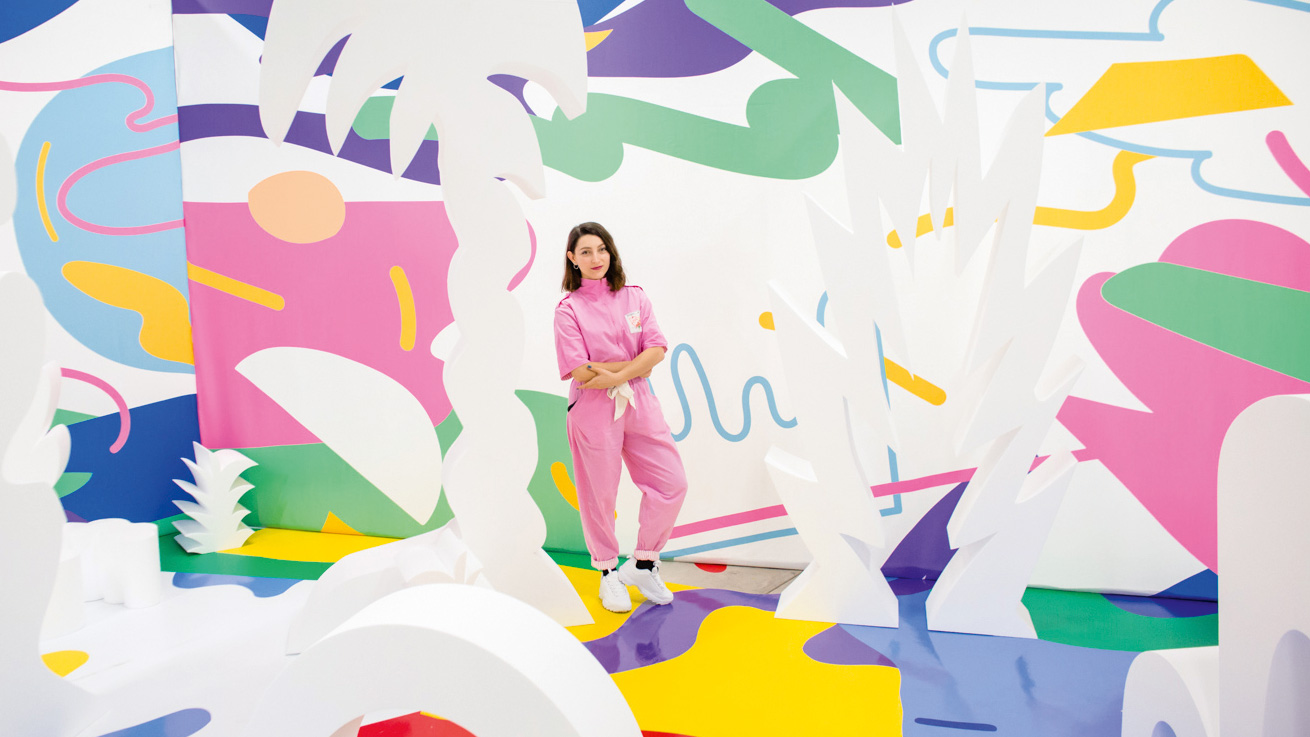
That doesn't mean it's always been a straightforward process, of course. "In my first four months after graduation I struggled with the typical ‘No one knows me and my work, so no one is hiring me' situation, and had to work in a restaurant to pay my bills," Kolodziey says. "However, after reaching out to people, projects and residencies, the first collaborations developed. I used every free minute to build up my profile, and have been able to live by working 100 per cent freelance since then. I've learned that the more energy and work I put in, the more I get back from people who appreciate young, newly emerging artists and creatives."
11. Embrace the fear
It's natural to find it all intimidating and overwhelming at times. But as Kolodziey says, "There's a potential in being scared and insecure: it means there's space for you to grow. The scariest challenges have been the ones I've learned and grown the most from. It takes courage to conquer those insecurities, but once you walk outside of your comfort zone, it will pay you back big time."
Above all, create things, make things and never stop being active. "Spend time on your portfolio to ensure that it not only shows your best projects, but also captures your personality and makes you stand out," says Baltusyte. "Start looking for opportunities to collaborate with other designers, animators, makers and creatives. Reach out to your favourite agencies, attend design events, go to talks, meet new people… just keep trying!"
This article was originally published in Computer Arts, the world's best-selling design magazine. Buy issue 294 or subscribe.
Read more:

Tom May is an award-winning journalist specialising in art, design, photography and technology. His latest book, The 50 Greatest Designers (Arcturus Publishing), was published this June. He's also author of Great TED Talks: Creativity (Pavilion Books). Tom was previously editor of Professional Photography magazine, associate editor at Creative Bloq, and deputy editor at net magazine.
